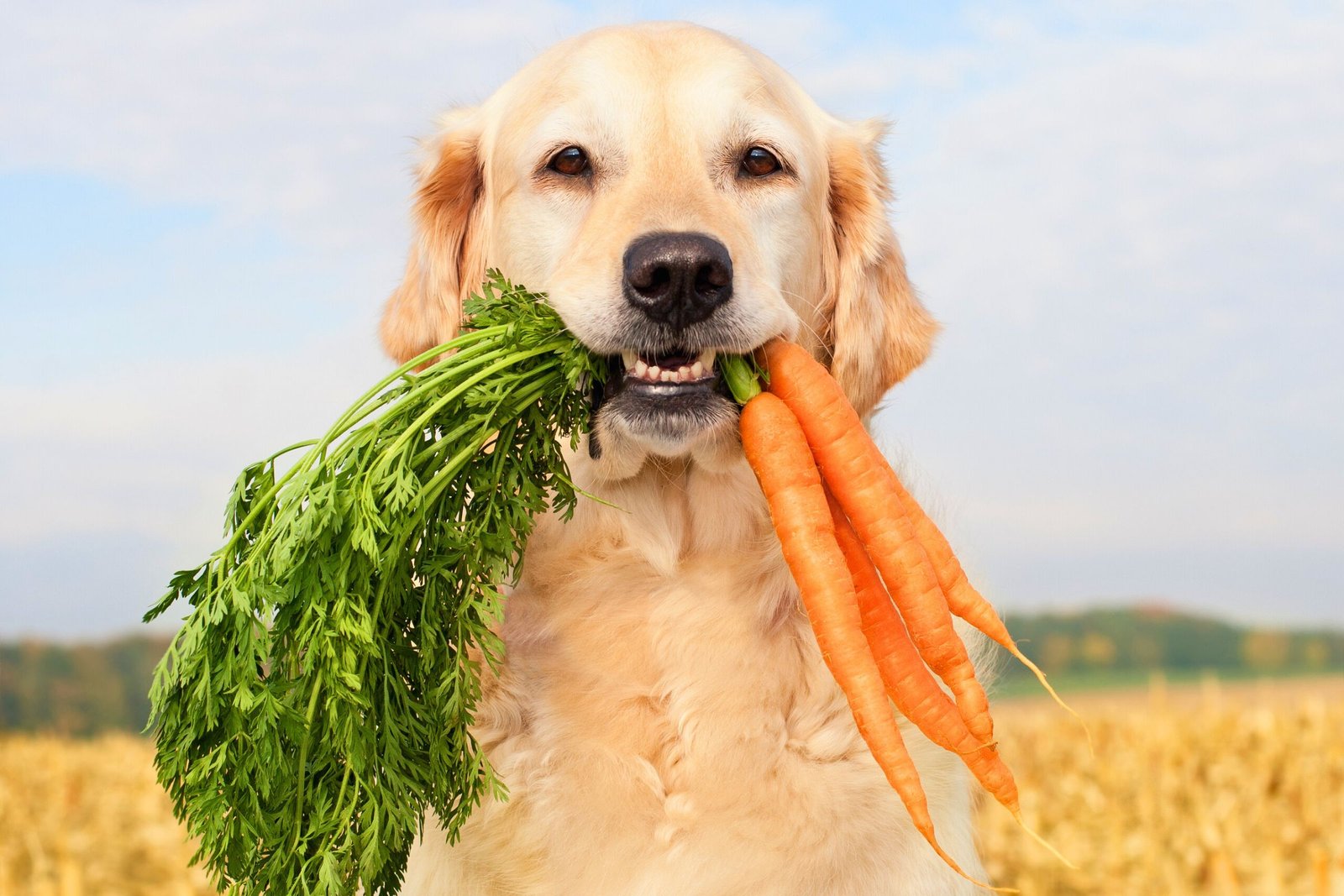The Canine Communication Code
Dogs, as social animals, have a rich repertoire of behaviors to convey their emotions, needs, and establish connections. Among these behaviors, licking stands out as one of the most instinctive and deeply ingrained forms of expression. To understand why your dog showers you with slobbery kisses, we must delve into their evolutionary history.
In the earliest stages of a dog’s life, licking plays a crucial role in fostering the bond between a puppy and its mother. Mother dogs instinctively lick their newborns as a means of cleaning them, but this serves a dual purpose. The act of licking also stimulates blood flow and encourages the puppy to breathe, kickstarting essential bodily functions.
As puppies grow, licking remains a fundamental aspect of their communication with their mothers. Beyond basic hygiene, it becomes a gesture of affection, a way for the puppy to seek comfort and reassurance. This early bonding through licking creates a foundation for social connection and teaches the puppy about the reciprocal nature of affectionate behaviors.
Interestingly, as dogs transition from puppyhood to adulthood, they carry this learned behavior into their relationships with humans. Licking becomes a powerful tool for them to strengthen the bond with their human companions. In the canine mind, the act of licking mirrors the nurturing and bonding experiences they had with their mothers.
When your dog licks your feet or face, it’s an extension of the bonding rituals learned during their formative weeks. This behavior signifies a deep-seated trust and affection for you, as they now view you as an integral part of their social circle. The familiar sensation of licking serves as a reminder of the care and comfort they experienced in the presence of their mother, and by extension, in your company.
In the wild, wolves, the ancestors of domestic dogs, engage in similar bonding behaviors within their packs. Mutual grooming and licking are vital for maintaining social cohesion and reinforcing the hierarchy within the pack. Your dog, having evolved from these pack animals, instinctively applies these learned behaviors to communicate and strengthen the bond within your family unit.
Understanding the canine communication code sheds light on the emotional depth behind your dog’s licks. It goes beyond a simple display of affection; it represents a connection rooted in evolution, shared experiences, and the intricate language of love that transcends species boundaries. So, the next time your dog leans in for a lick, appreciate it as a timeless gesture that echoes through the evolutionary tapestry of canine companionship.








